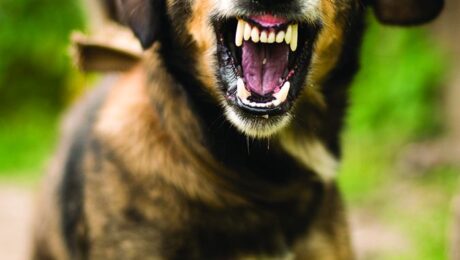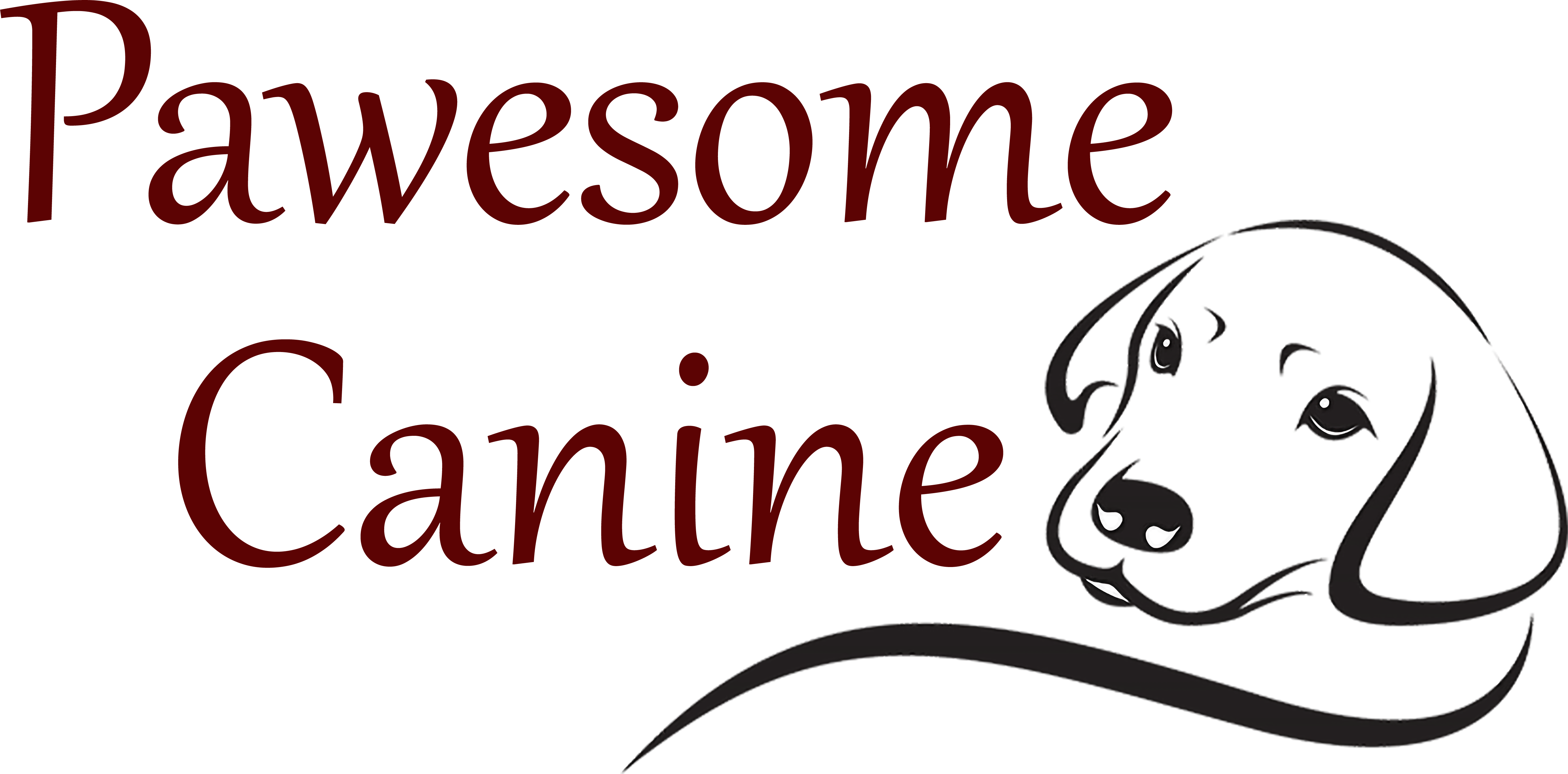Dogs wearing sweaters is a common practice, and it…
Dogs wearing sweaters is a common practice, and it serves several practical purposes. Here are some key reasons why a dog might wear a sweater:
Warmth: The primary reason for putting a sweater on a dog is to keep them warm, especially in cold weather. Just like humans, dogs can feel the chill, and certain breeds with short fur or little body fat are more susceptible to cold temperatures.
Cold-Weather Protection: Dogs, particularly those not adapted to cold climates, can suffer from cold-related health issues. A sweater provides an extra layer of insulation to help them maintain a comfortable body temperature during walks or outdoor activities in cold weather.
Aging and Health: Senior dogs and those with certain health conditions, like arthritis or skin sensitivities, may benefit from wearing sweaters. The added warmth can help alleviate discomfort and stiffness.
Small Breeds: Smaller dog breeds often have less natural insulation in the form of body fat and fur. They may require sweaters more frequently to stay warm in colder conditions.
Fashion and Style: Beyond practicality, many dog owners enjoy dressing up their pets as a form of self-expression and fun. Dog sweaters come in various styles and designs, allowing dogs to make a fashion statement.
Post-Surgery or Medical Conditions: In some cases, dogs may need to wear sweaters as part of their recovery from surgery or to protect wounds. Additionally, certain medical conditions may require extra warmth.
Hypoallergenic Dogs: Some hypoallergenic dog breeds have hair, not fur, which provides less natural insulation. Sweaters can be particularly beneficial for these breeds.
When choosing a sweater for your dog, it’s important to ensure that it fits well, covers the necessary areas to provide warmth, and doesn’t restrict movement or cause discomfort. While sweaters can be functional and fashionable, it’s important to be attentive to your dog’s comfort and needs, especially in extreme weather conditions.
- Published in Blog
Dealing with Dog Aggression: Understanding and Managing
As a responsible dog owner, you’re dedicated to providing a safe and loving home for your furry companion. However, sometimes, dogs may exhibit signs of aggression, leaving you concerned and wondering how to address this challenging issue. In this guide, we’ll explore the concerns that come with dog aggression and provide insights into understanding and managing this behavior.
Concerns:
1. Behavioral Issues:
The first and foremost concern revolves around the behavior itself – growling, snapping, or even biting. These behaviors can be frightening and potentially dangerous.
2. Emotional Distress:
You can’t help but worry about the emotional distress that your dog may be experiencing, which might be contributing to their aggressive behavior.
3. Impact on the Dog:
Another significant concern is the long-term impact of aggression on your dog’s well-being. How will it affect their happiness and quality of life?
Solutions:
Veterinary Assessment:
If your dog exhibits signs of aggression, the first step is to schedule a veterinary assessment. It’s essential to rule out any underlying medical issues that could be contributing to the behavior.
Behavioral Modification:
Positive reinforcement training and behavior modification techniques can be highly effective in addressing aggression. Consult with a professional dog trainer to implement these strategies.
Professional Guidance:
In cases of severe aggression, consider consulting with a veterinary behaviorist or a certified professional dog trainer with expertise in aggression issues. They can provide specialized guidance to create a tailored treatment plan.
Conclusion:
Dealing with dog aggression is undoubtedly a challenge, but with the right approach, it can be managed and even improved. By addressing behavioral issues, providing emotional support, and seeking professional guidance when necessary, you can help your furry friend find a path to more positive and safe interactions.
- Published in Blog
Your heart sinks as you come home to a disaster zone
Behavioral Issues:
Your heart sinks as you come home to a disaster zone – the signs of anxiety left behind by your anxious pup. The concerns here are about the destruction and behavioral issues that accompany separation anxiety.
2. Emotional Distress:
You can’t help but worry about the emotional turmoil your dog experiences when you’re not around. It’s heart-wrenching to think of your furry friend in distress.
3. Impact on the Dog:
You’re concerned about the long-term impact of separation anxiety on your dog’s mental and emotional well-being. Will it affect their overall happiness and quality of life?
Solutions:
Gradual Desensitization:
One of the best ways to address separation anxiety is through gradual desensitization. Start by leaving your dog alone for short periods and gradually increase the duration. This approach helps your pup get used to your absence and builds confidence.
Crate Training:
Introducing a crate can be a game-changer. Dogs often find comfort in a secure space like a crate. With positive reinforcement, your dog can learn to associate the crate with safety.
Calming Aids:
Consider using calming aids like pheromone diffusers or natural supplements. These can help reduce anxiety and make your dog feel more relaxed when you’re not at home.
Professional Guidance:
For severe cases of separation anxiety, consulting with a professional dog trainer or behaviorist is highly recommended. They can create a tailored plan to address your dog’s specific needs.
Conclusion:
Separation anxiety is a common challenge for dog owners, but with patience and the right approach, you can help your furry friend overcome it. By addressing behavioral issues, providing emotional support, and seeking professional guidance when needed, both you and your dog can find relief from the distress of separation anxiety.
- Published in Blog
Fall Fashion for Dogs: Cozy and Stylish Wardrobe
As the leaves change and the temperature drops, it’s time to update your dog’s wardrobe. In this blog post, we explore fall fashion for dogs. From cozy sweaters to waterproof jackets, we’ll cover the essentials to keep your pup warm and stylish during the cooler months. We’ll also provide styling tips and showcase some of the latest fall fashion trends for dogs. With the right wardrobe, your furry friend can enjoy the autumn season to the fullest. Discover how to keep your pup comfortable and fashionable this fall.
- Published in Blog
Interactive Toys: A Mental Workout for Dogs
Dogs are more than just pets; they’re intelligent and active animals. Keeping them mentally stimulated is essential for their well-being. This blog post delves into the world of interactive toys and their role in providing mental exercise for your furry friend. We’ll explore various types of interactive toys, from treat-dispensing puzzles to engaging fetch toys. Discover how these toys can keep your dog sharp, happy, and well-adjusted. Find out why interactive toys are more than just playtime; they’re a mental workout that can enhance your dog’s quality of life.
- Published in Blog
- 1
- 2








